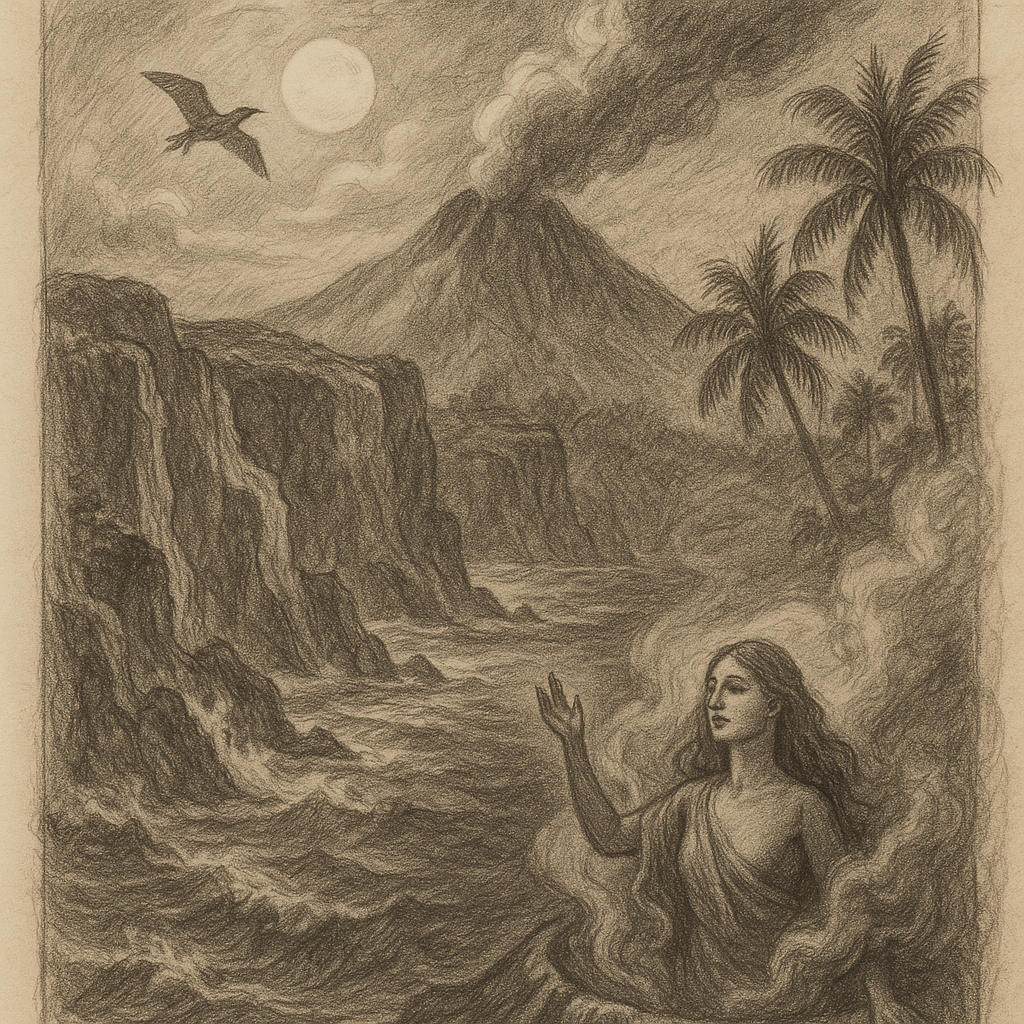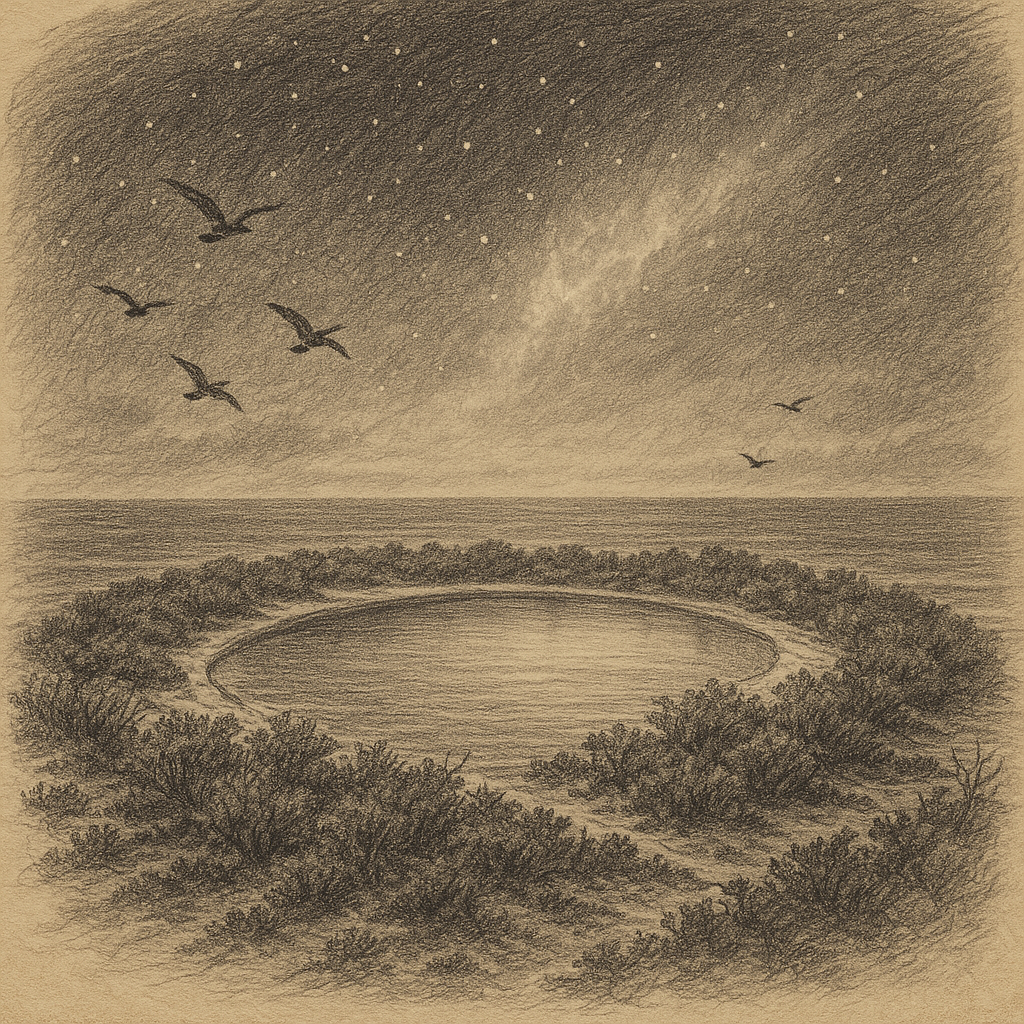Saint Helena Island: A Remote Jewel in the South Atlantic
Saint Helena Island, a remote British Overseas Territory located in the South Atlantic Ocean, is a fascinating and historically rich destination that continues to captivate the imagination of explorers, history buffs, and nature lovers alike. Known as the place of Napoleon Bonaparte’s final exile, Saint Helena boasts dramatic volcanic landscapes, unique biodiversity, and a heritage that spans centuries. Despite its isolation, the island holds a place of global interest due to its geography, ecology, and lore.
Geographical Isolation and Volcanic Origins
Saint Helena lies approximately 1,950 kilometers west of the southwestern coast of Africa and 4,000 kilometers east of Brazil, making it one of the most isolated inhabited islands in the world. The island covers a total area of 122 square kilometers and is entirely volcanic in origin. Formed around 14 million years ago by volcanic activity along the Mid-Atlantic Ridge, the island is the emergent peak of a massive oceanic mountain. Its rugged topography includes deep gullies, dramatic cliffs, and a central ridge that culminates at Diana’s Peak, the island’s highest point at 818 meters above sea level.
The island forms part of the British Overseas Territory of Saint Helena, Ascension, and Tristan da Cunha, with Saint Helena being the most populous of the three. The capital, Jamestown, is situated in a steep-sided valley and serves as the political and economic hub of the island.
Unique Biodiversity and Climate
Despite its small size and remote position, Saint Helena is home to an impressive number of endemic plant and animal species, many of which are not found anywhere else on Earth. The subtropical climate, with relatively mild temperatures year-round and varying rainfall depending on elevation and exposure, provides diverse ecological habitats.
The higher elevations are covered in cloud forests and support endemic tree ferns and species such as the Saint Helena ebony and the black cabbage tree. Wildlife also includes unique invertebrates, birds like the wirebird (Saint Helena plover), and a rich marine ecosystem. Conservation efforts have been crucial in protecting the island’s fragile biodiversity, including reforestation projects and invasive species control programs.
Historical Significance
Discovered by Portuguese navigator João da Nova in 1502, Saint Helena became a strategic stopover for ships traveling between Europe, Africa, and Asia. The British East India Company established a settlement there in the mid-17th century, bringing a period of colonial development and fortification. One of the most defining episodes in its history came in 1815 when the British chose it as Napoleon Bonaparte’s place of exile after his defeat at Waterloo.
Napoleon lived at Longwood House until his death in 1821, and the house still stands as a museum and historical site. Saint Helena later served as a prison for other high-profile detainees, including Zulu king Dinuzulu kaCetshwayo and Boer War prisoners.
Saint Helena Today
Today, Saint Helena retains a small population of just over 4,000 residents, known as “Saints.” Until recently, the island was accessible only by ship, notably the Royal Mail Ship (RMS) Saint Helena. However, the opening of the island’s airport in 2017 marked a new era, improving accessibility and promoting tourism potential.
Economic activities include small-scale agriculture, fishing, and an emerging tourism sector focused on heritage, hiking, and wildlife experiences. The remote charm, preserved culture, and unspoiled natural beauty make it a unique and appealing destination for intrepid travelers.
Interesting Facts About Saint Helena
– Saint Helena is the second-oldest remaining British Overseas Territory after Bermuda.
– The island is considered one of the world’s best places for observing whale sharks, particularly between December and March.
– Charles Darwin visited the island in 1836 aboard HMS Beagle and was impressed by its geology and botany.
– The Post Box Walks are a network of 21 hiking routes across the island, each ending with a small box containing a visitor log and stamp for hikers to collect.
– Despite being in a tropical region, the island’s higher altitudes experience cool, foggy weather known locally as “the mists.”
Myths and Legends of Saint Helena
Due to its long history and isolation, Saint Helena has accumulated a rich tapestry of legends and folklore. One of the most enduring is the tale of the “Heart-Shaped Waterfall.” The waterfall, tucked in a verdant valley, is rumored to hold magical healing powers, especially for those who seek it with pure intentions. Locals speak of couples who visit the site and return finding new harmony, and travelers who claim to feel a mysterious energy surrounding the area.
Another legend speaks of an ancient treasure hidden by pirates in one of the island’s many caves along the rugged coastal cliffs. While treasure hunters have searched for centuries, no one has definitively located the fabled horde, adding a layer of romantic mystery to the island’s profile.
The ghost of Napoleon is also said to occasionally wander Longwood House and its grounds, keeping a lonely vigil over his final place of exile. Visitors and staff have reported strange occurrences — cold spots, the feeling of being watched, and unexplained sounds, linking local history with the supernatural.
Conclusion
Saint Helena Island stands as a testament to endurance, adaptation, and mystery. From its dramatic volcanic terrain and range of endemic species to its unique place in political and maritime history, the island is an extraordinary blend of natural beauty and human story. Though it remains one of the most remote inhabited places on Earth, Saint Helena’s growing accessibility and storied past promise that its allure will only continue to grow for those seeking the uncommon and the unforgettable.


